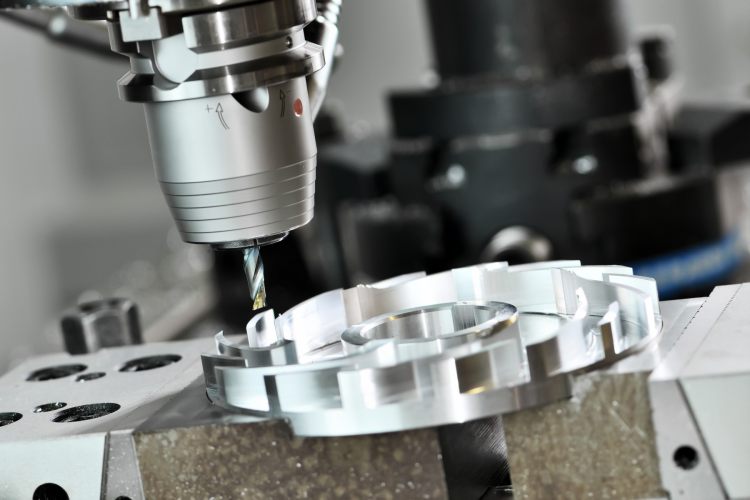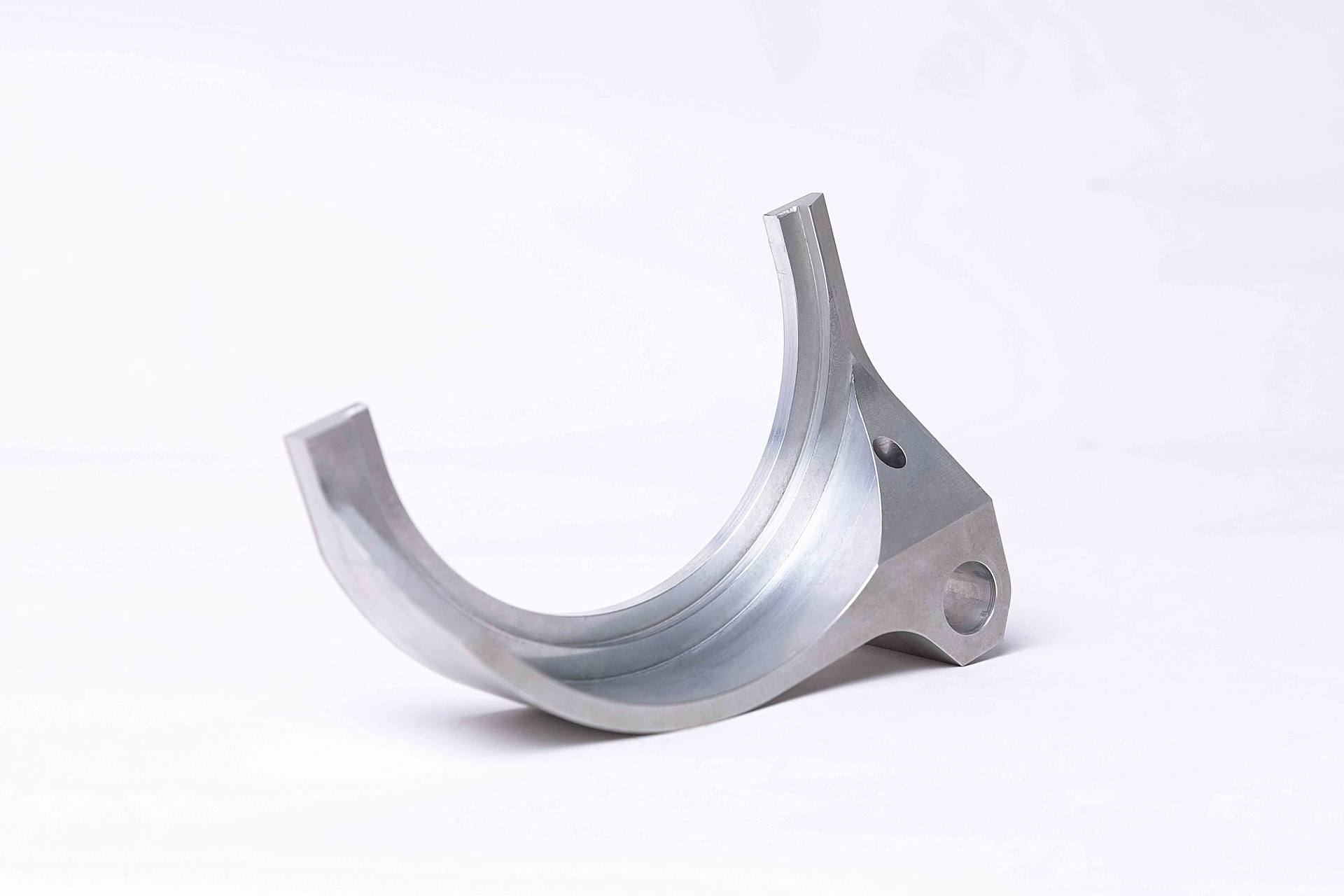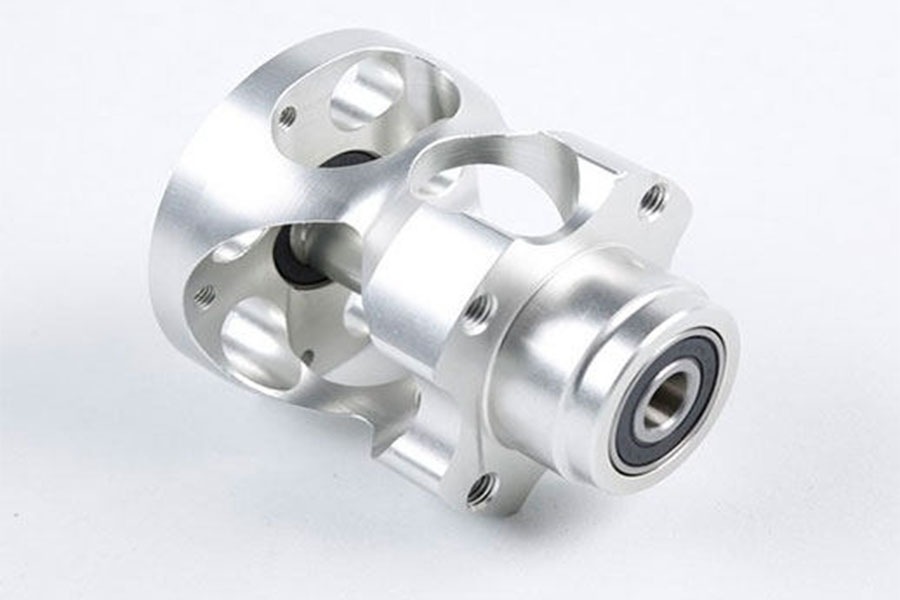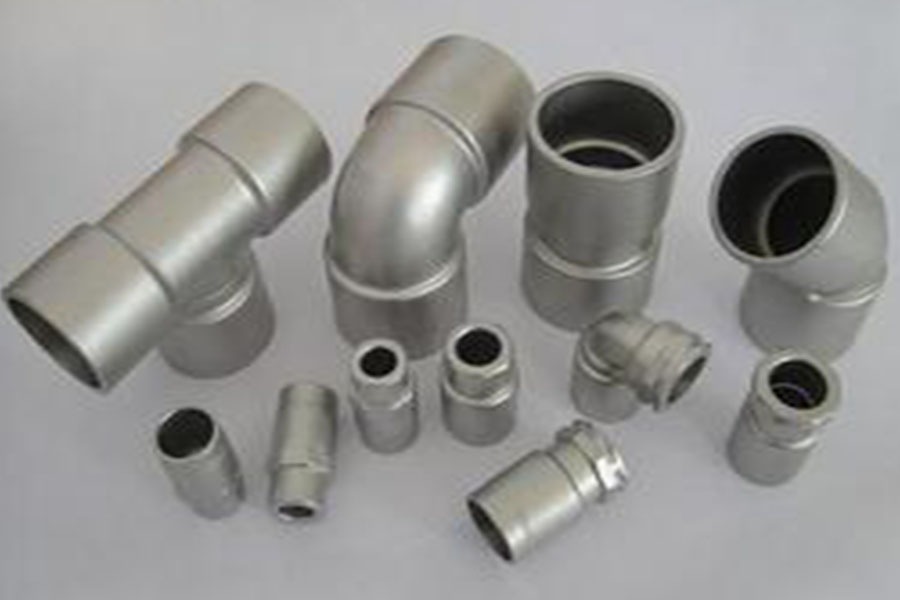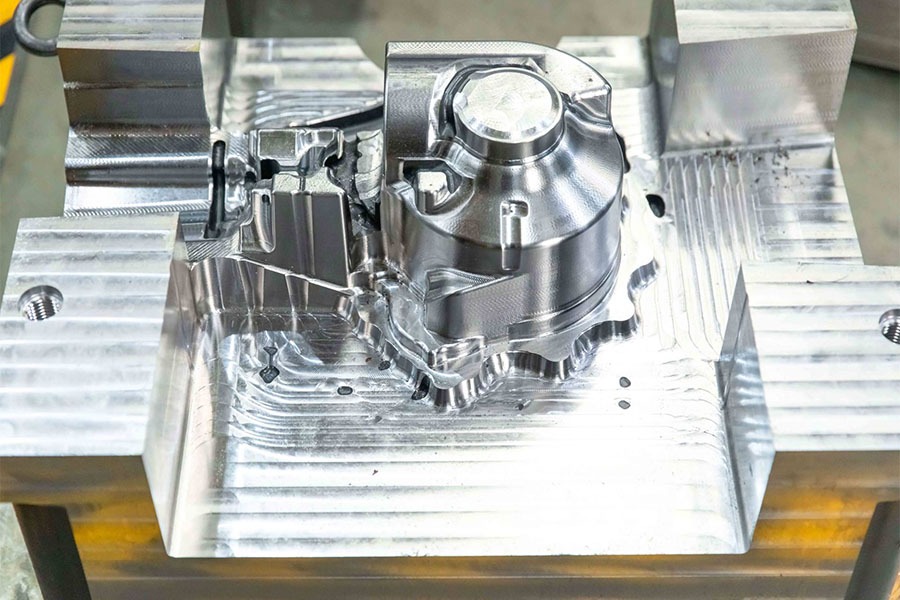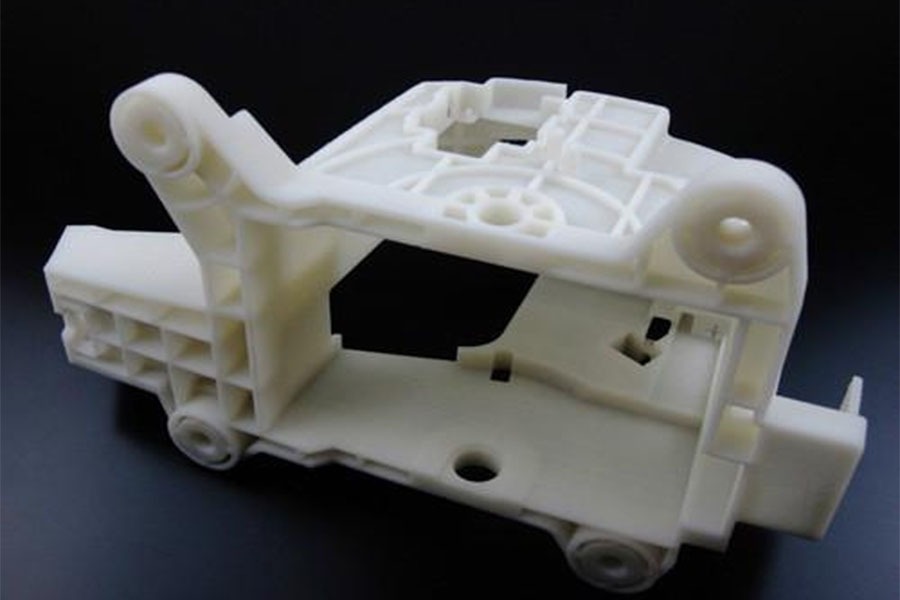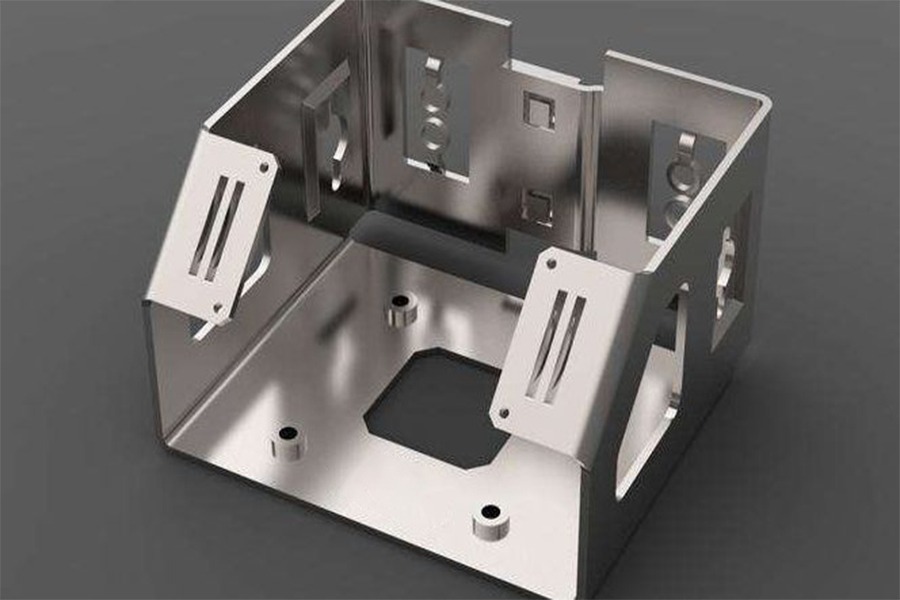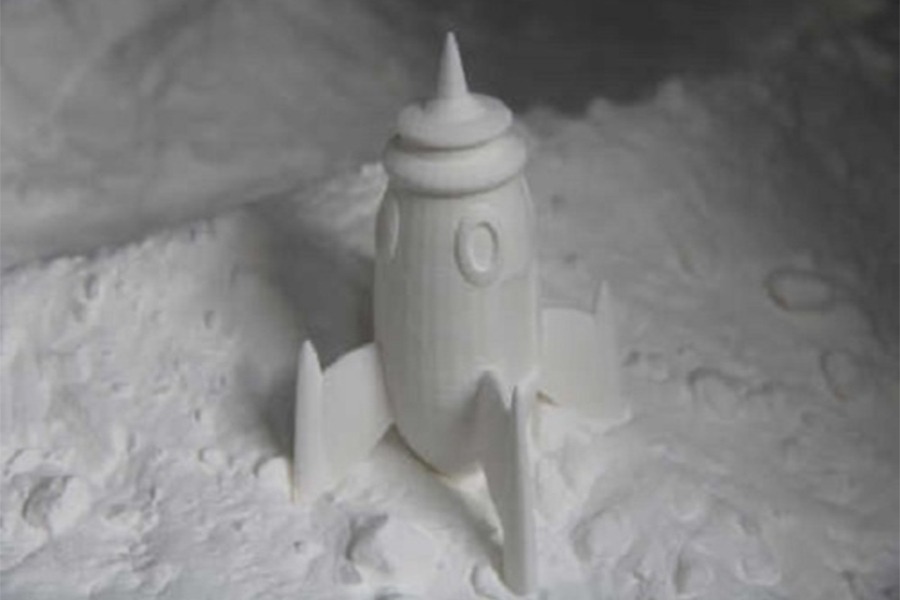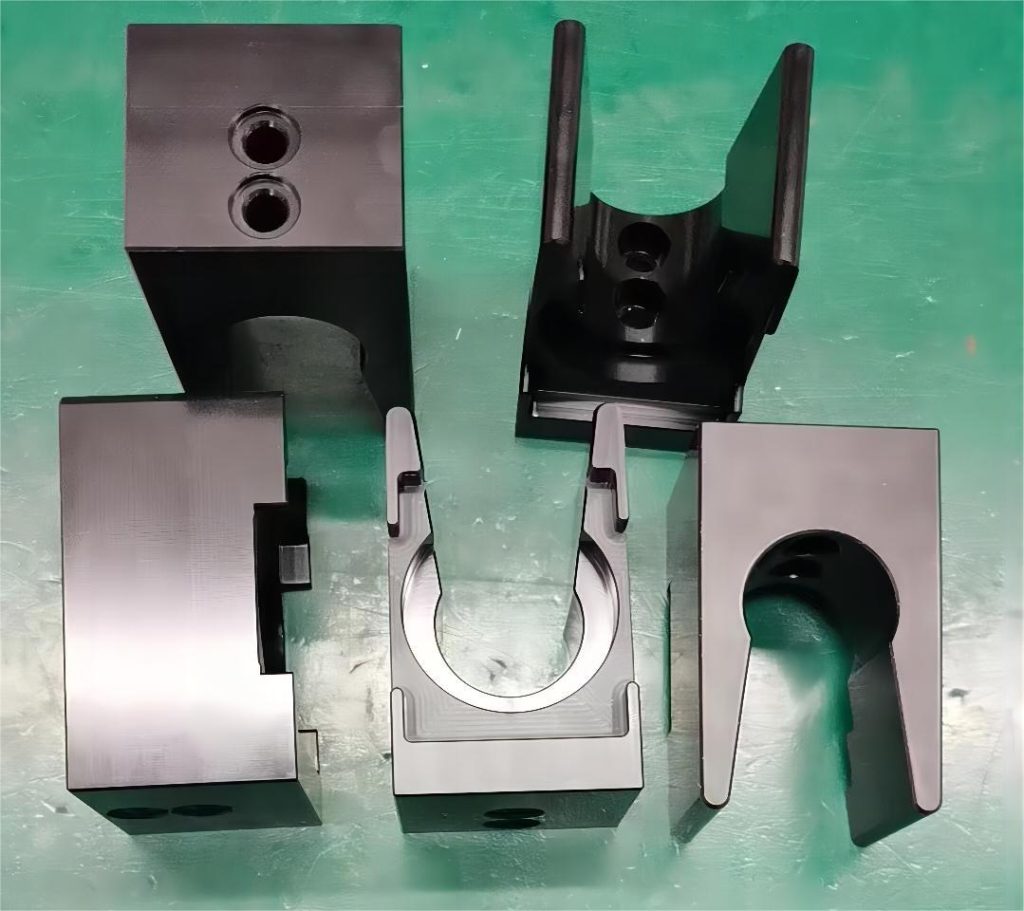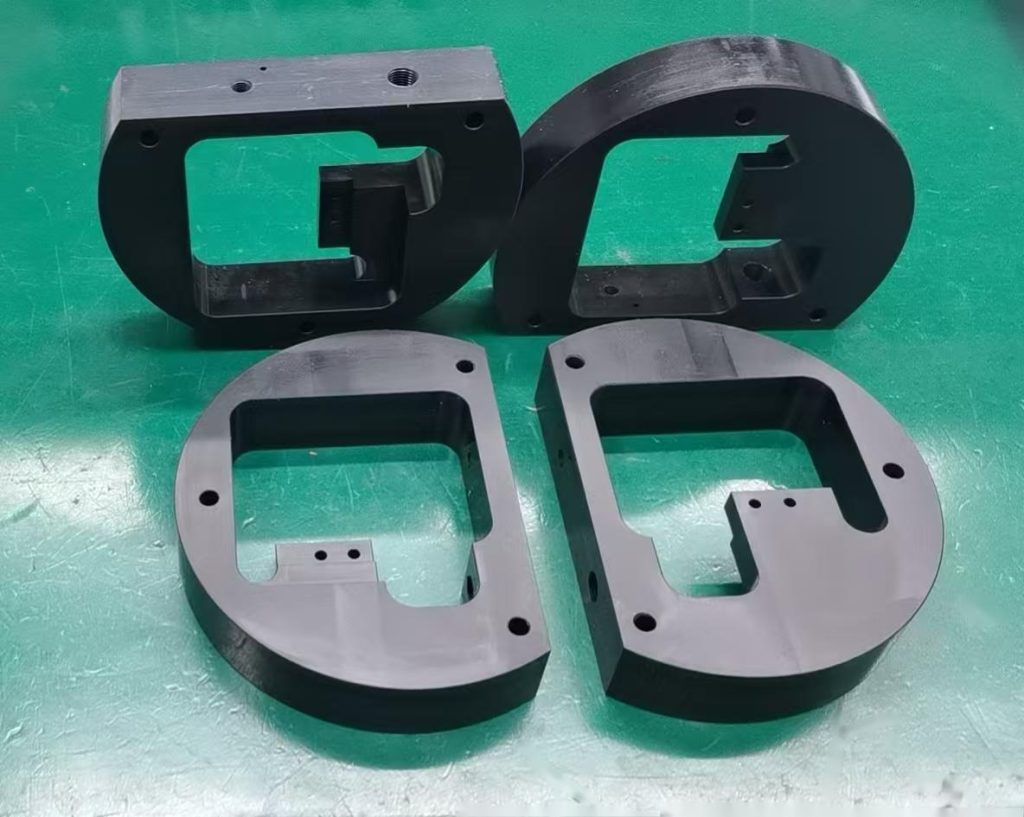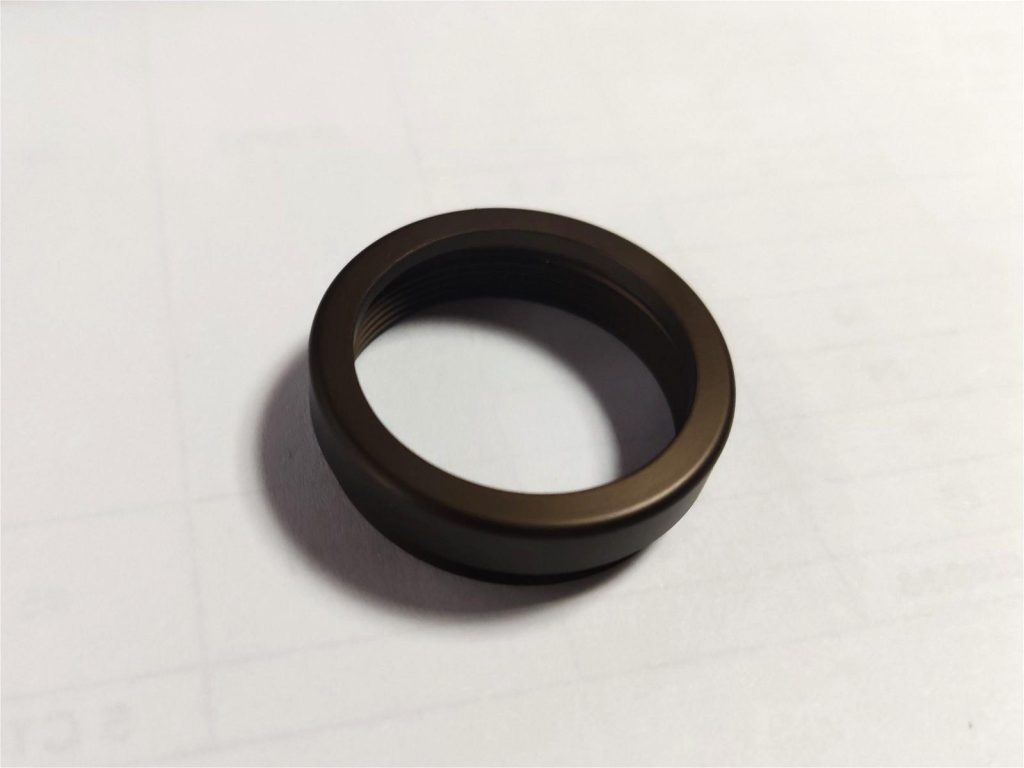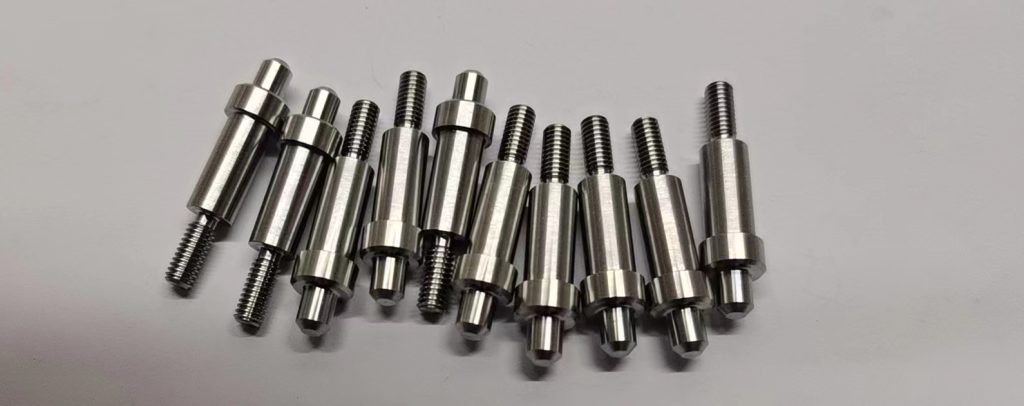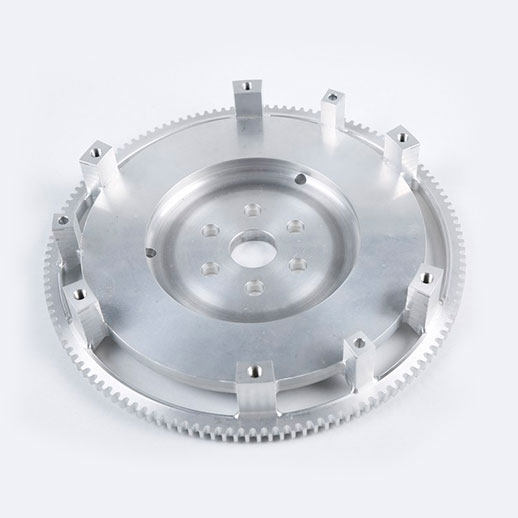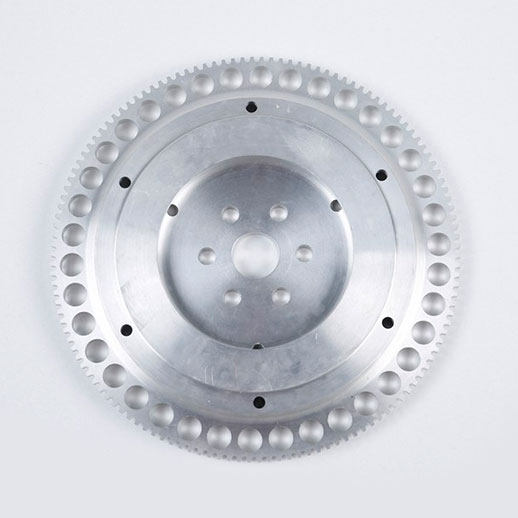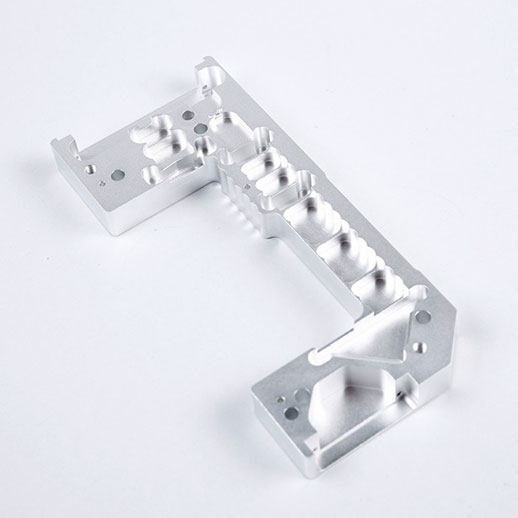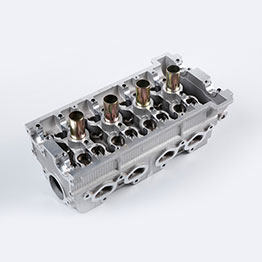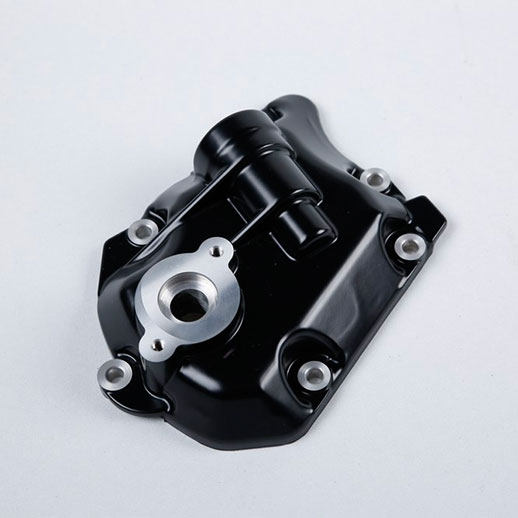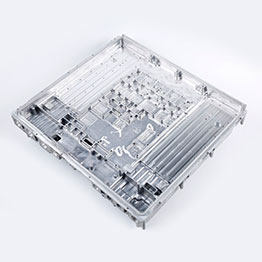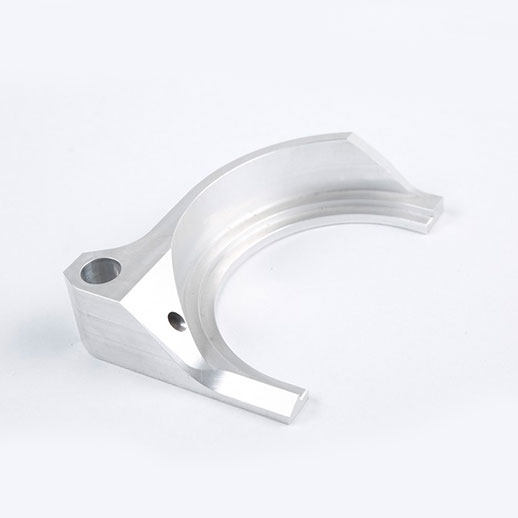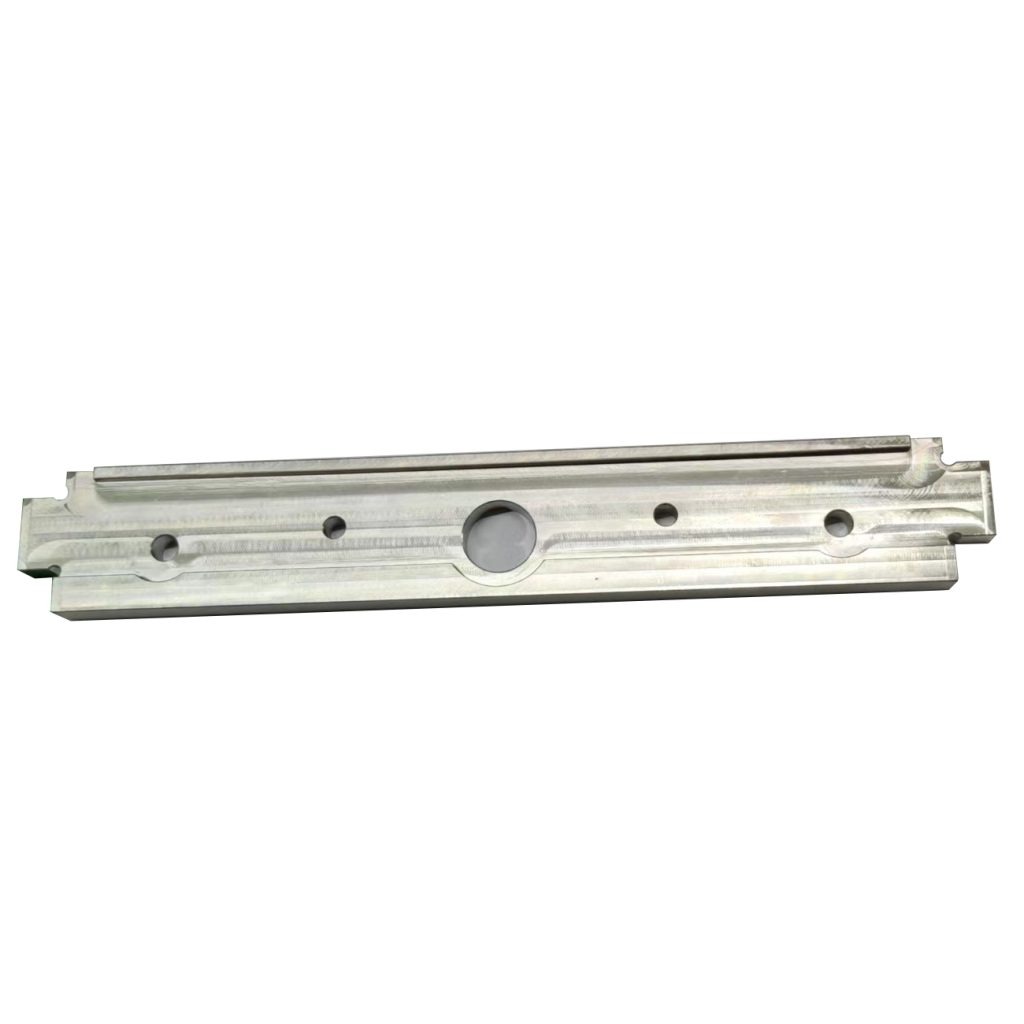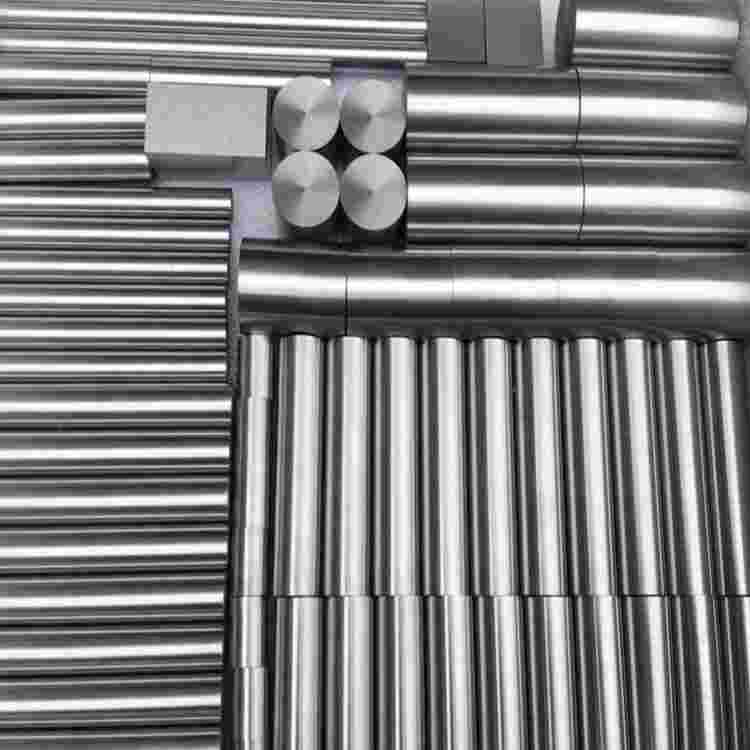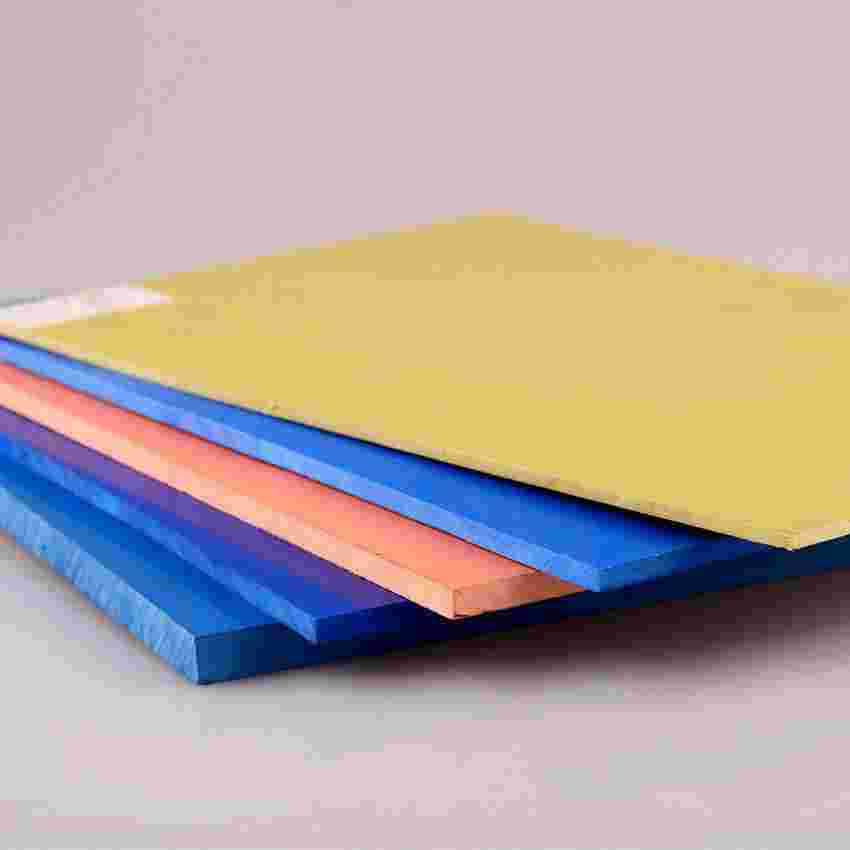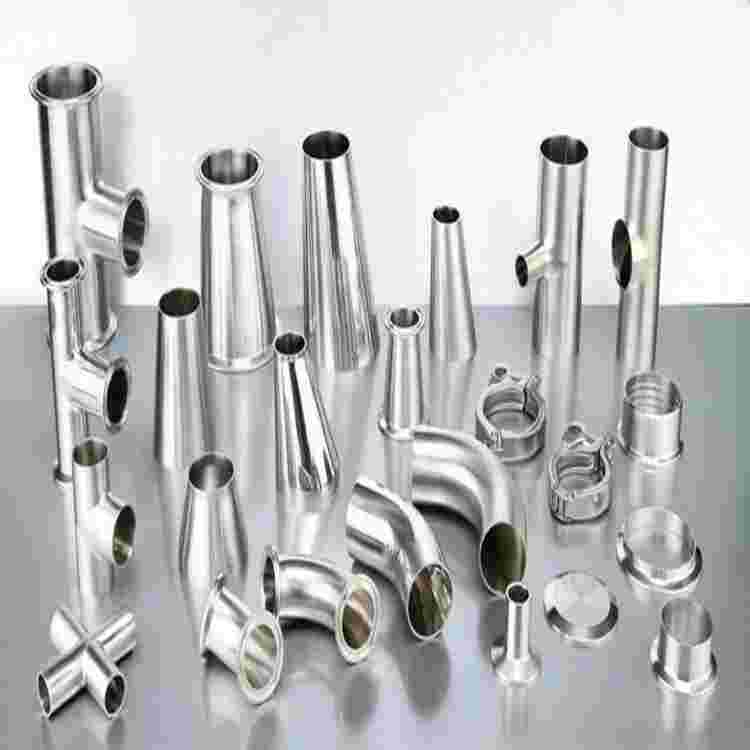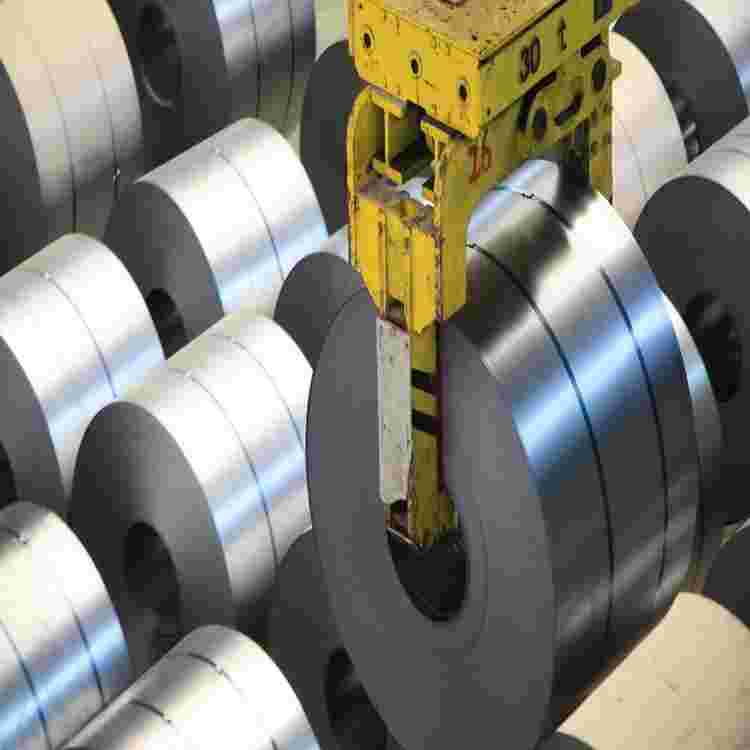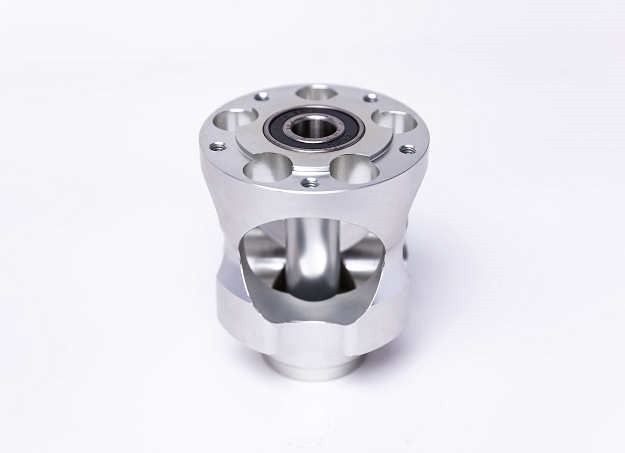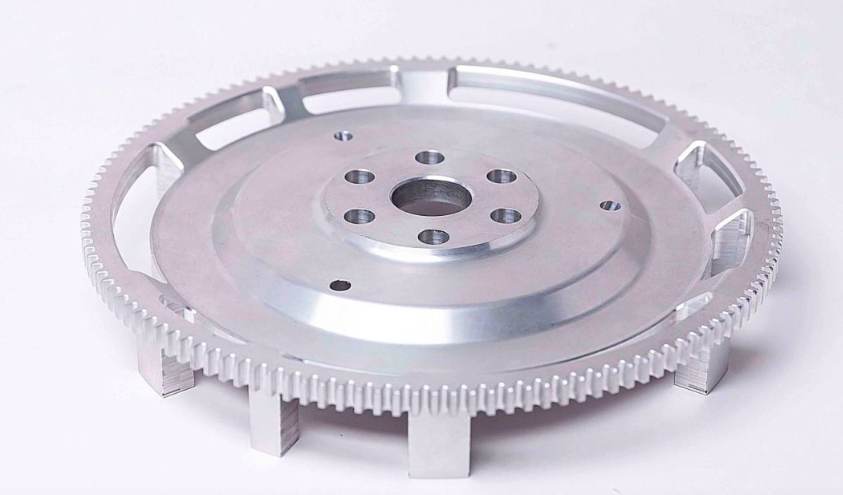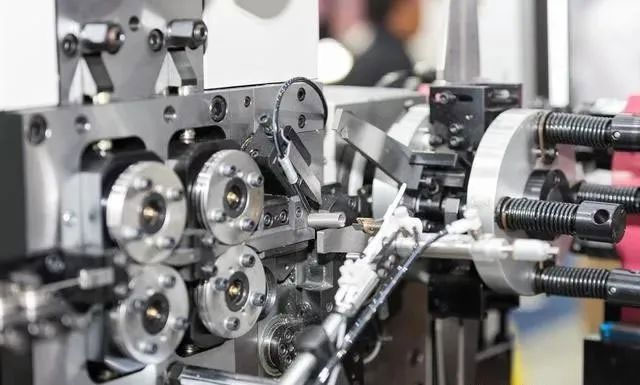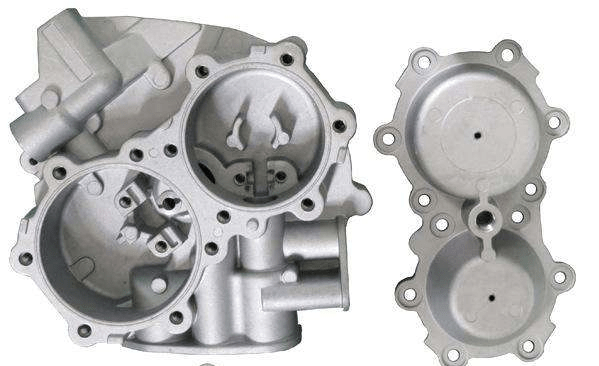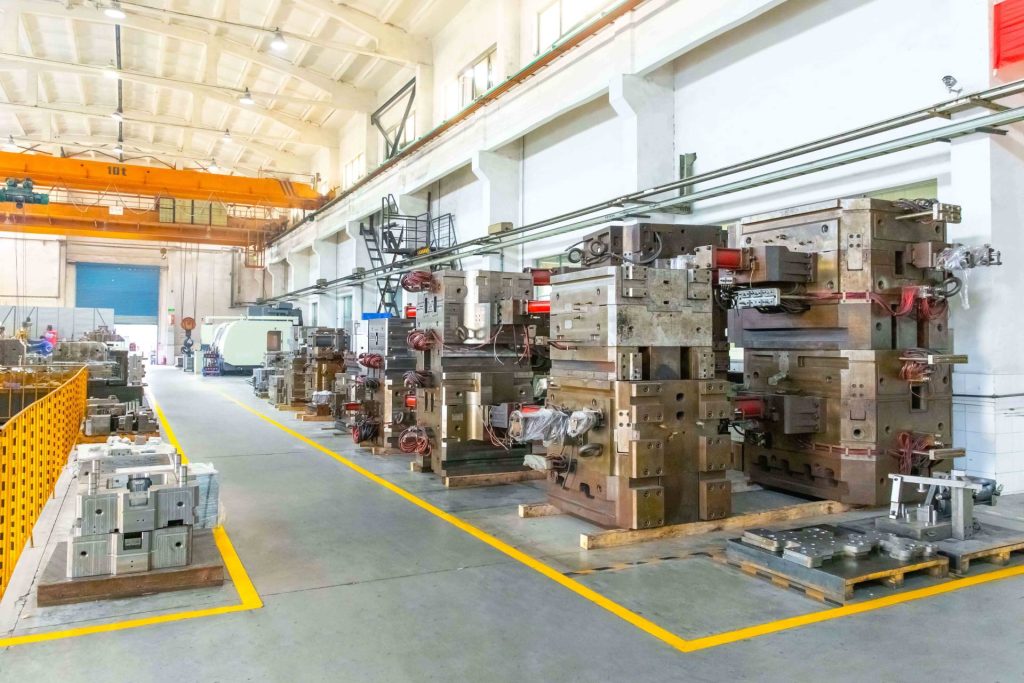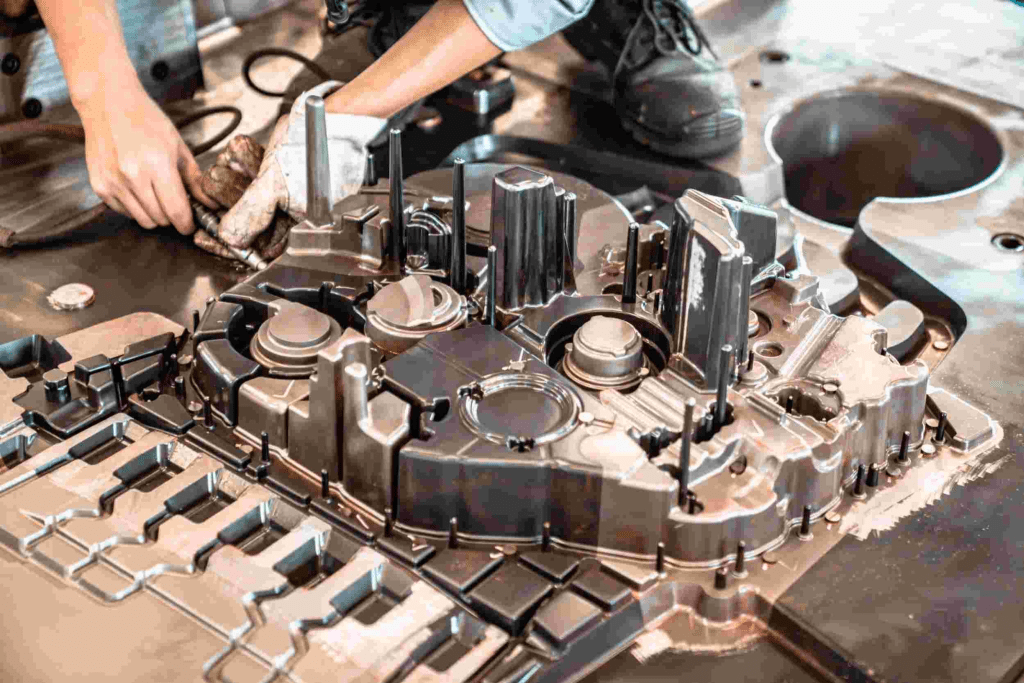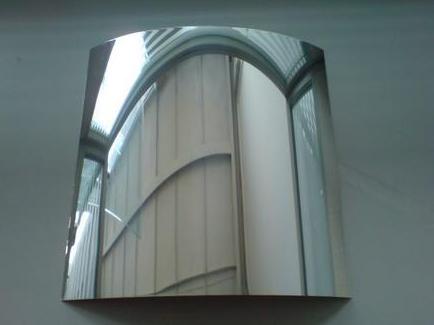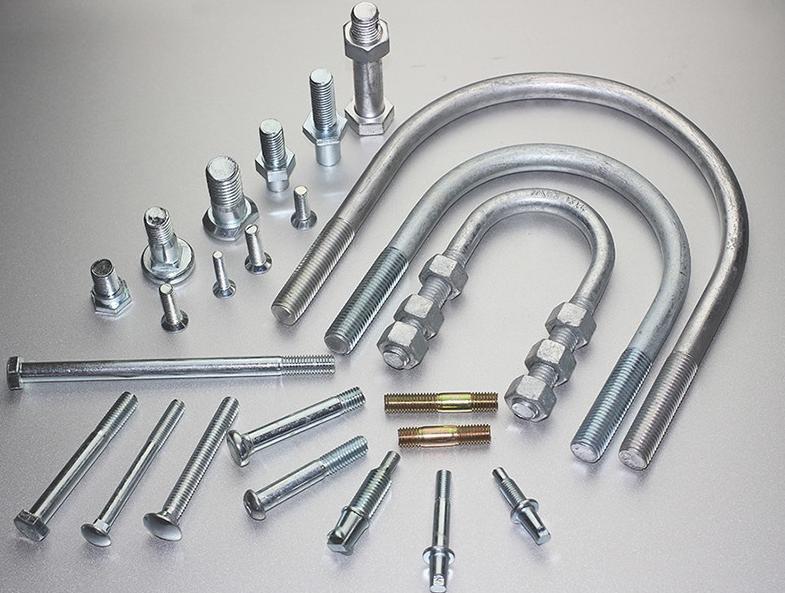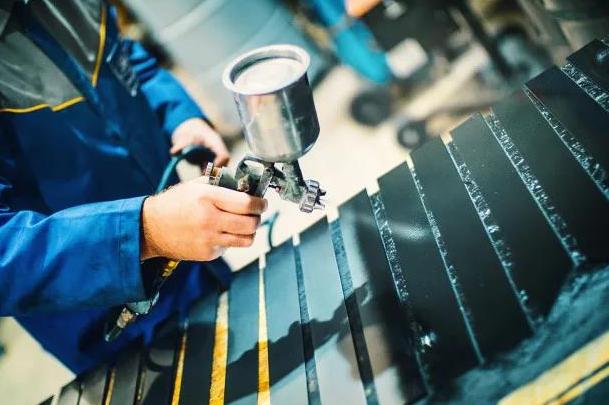China CNC Machining Services
As CNC machining China service supplier, JTR provides high-quality rapid prototyping and mass manufacturing services, including CNC machining, rapid tooling and injection molding, sheet metal prototyping, die casting, 3D printing, and so on. We provide manufacturing solutions that realize your design within a few hours, we have more than 70 precision CNC processing equipment of various types to ensure the best quality of products.
With a professional team of decades of experience, our company has passed the ISO9001:2008 and TS16949 quality system certification in 2015 and obtained the IATF quality system transition audit certification in 2017. Get your quote in hours, parts delivered in days.
Our Services
If you have any needs, please contact us immediately, we will provide you with the best quality service!
Why Choose Us?

Fast Shipping
It only takes a short time from custom to you receive the product you need

Sincere Communication
We can provide one-to-one customized service to meet your needs.

24*7 Hours Service
We provide 24*7 hours consulting service. It is our pleasure to serve you, you can contact us at any time.

Good Team
We are a professional team. We always treat each other with sincerity and keep our faith, so that you are satisfied with every cooperation with us.

Professional Manufacturer
We have more than 70 different types of precision CNC processing equipment and high-precision Hexagon CMM three-coordinate detectors, projectors, roughness meters along with other general precision measuring instruments and special inspection tools.

High Quality
Our company has passed the ISO9001:2008 and TS16949 quality system certification in 2015 and got the IATF quality system transition audit certification in 2017.
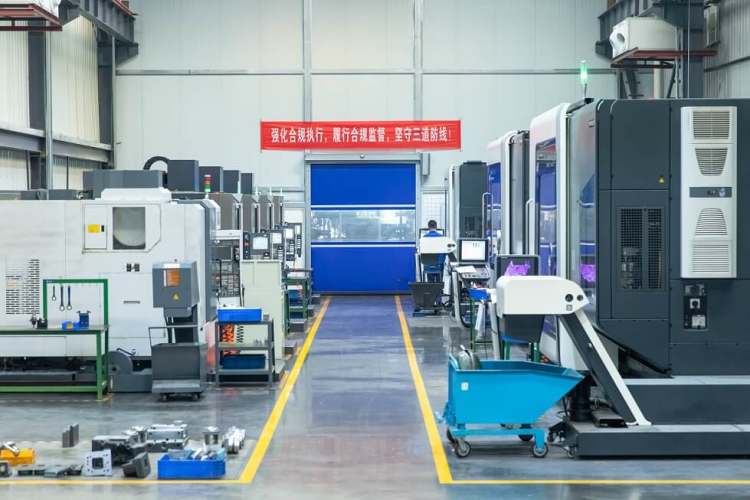
About JTR
Our firm is a professional manufacturer dedicated to offering high-quality rapid prototyping and mass manufacturing services, including CNC machining, die casting, 3D printing, rapid tooling and injection molding, sheet metal prototyping, and integrating the design and development of new products.
Products are widely used in telecommunications, aerospace, industrial control, power electronics, and other fields. We have a broad client base, from small start-ups to the largest multinational corporations such as BMW and Ericsson.
How JTR Works
Upload a CAD File
To start, simply select a manufacturing process and upload 2D/3D files.
Design Analysis Get lmplemented
We’ll send you design for manufacturability(DFM) analysis and the timing price as long as we receive your CAD file
Manufacturing Begins
Once you have confirmed your quotation and place your order, we will start the manufacturing process,and we also provide some optional finishing services
Parts are shipped on its way to you!
Our advanced CNC equipment allows us get products finished in a short time
CNC Machining Parts
CNC Machining Parts
CNC Machined Black POM Plastic Parts
CNC Machined Plastic (PET) Parts
Matte Dark Bronze Anodized CNC Machined Aluminum Parts
CNC Turning Parts
CNC Turning Stainless Steel Pin With Thread
CNC Turning Aluminum Al6061-T6 Parts
Precision CNC Turning Parts Al7075
CNC Milling Parts
CNC Milling Aluminum Parts 6061-T6
CNC Milling and Die Casting Car Parts
CNC Milling Car Parts For Motor
Custom CNC Parts
Aluminum CNC Machining ADC12 Parts
CNC Milling Aluminum 6061-T6 Parts
Precision CNC Machining Stainless Steel Bracket
Applications Industry

CNC Machining for Automotive Industry
CNC machining is commonly used in the automotive industry, it’s been used to create one-off custom parts. And the CNC is no quantity limitation to automotive parts because the turnaround time is so fast. Because the CNC process uses CAD/CAM software to upload detailed project specifications to an automatic-driven machine, there is little manual labor required to manufacture high-quality parts.
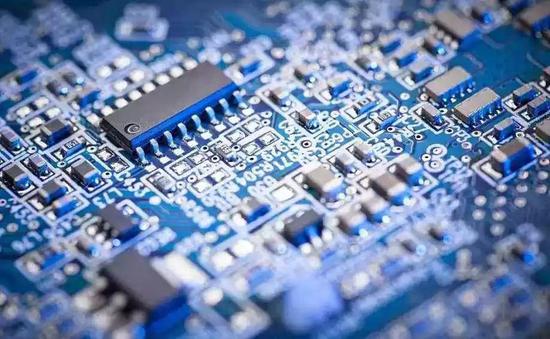
CNC Machining for Semiconductor Industry
The semiconductor industry is actually developed upon electronic information, rigid precision is strict to semiconductor equipment. While CNC machining service can be the replacement, to work on wide various materials, such as silicon, sapphire, nitride alumina, aluminum, etc. It is common that semiconductor CNC machining parts can be seen in different electronic components and integrated circuits.
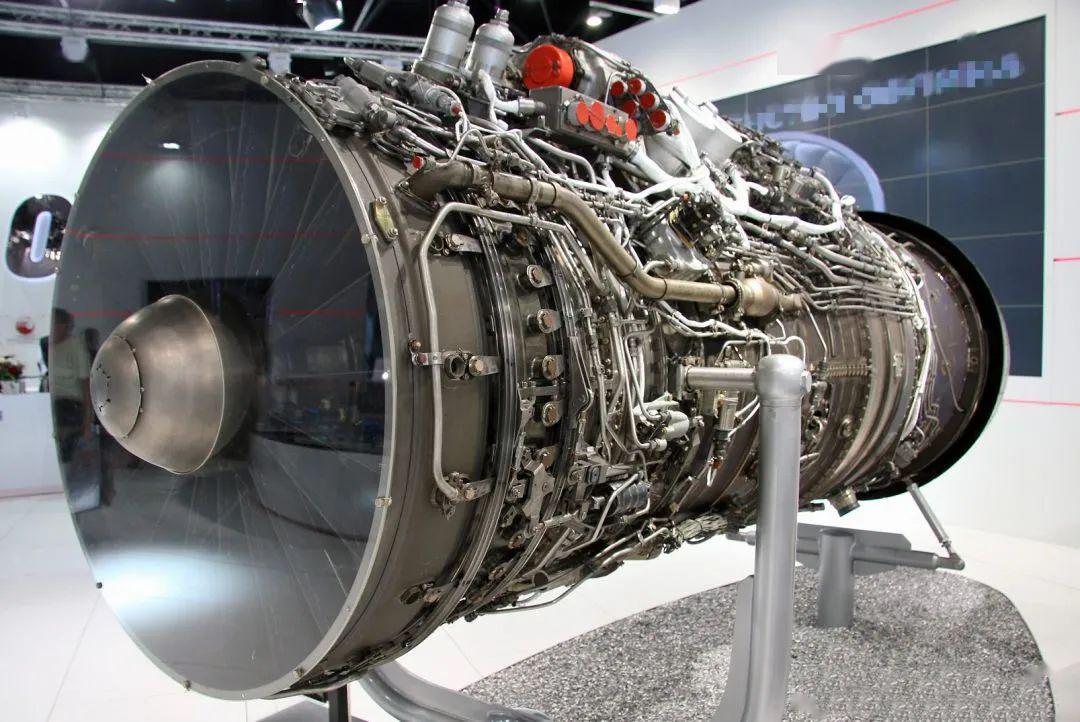
CNC Machining for Aerospace Industry
CNC machining technique has a long-time history in aerospace. The aircraft components need to be at the highest level of precision. This is so strict with safety-critical application requirements. While JTR MACHINE can make the perfect part for aircraft components. What’s more, our compatible material options for CNC engineering are in a wide range.
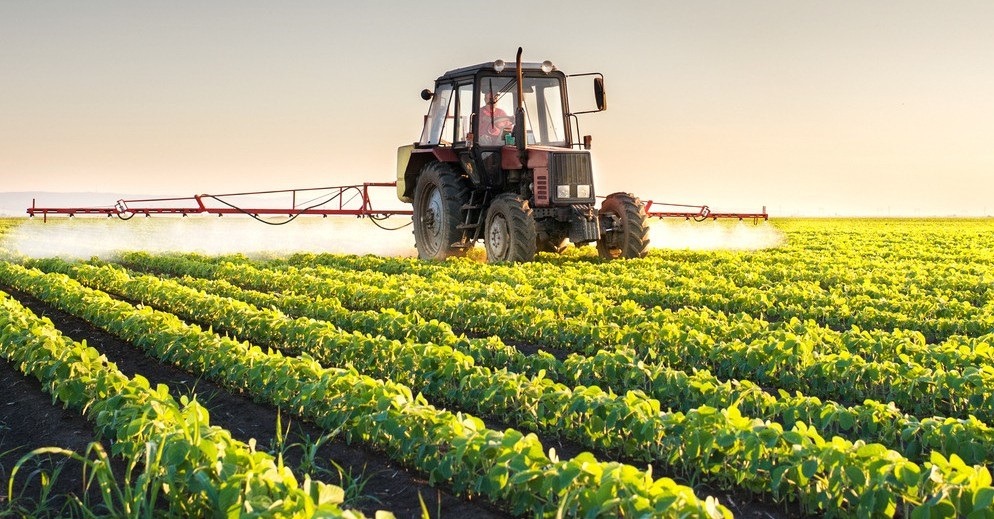
CNC Machining for Agriculture Industry
most agricultural parts are huge and complicated, all of them are used on the agricultural equipment ought to be carefully worked with high demands of technical specifications including ultra-high-precision specifications, and lighten durable materials to last the machine’s service life. So customized CNC machining plays a crucially important role in the agriculture industry. What’s the most important reason is that the custom CNC agriculture parts make your equipment more competitive in the market.
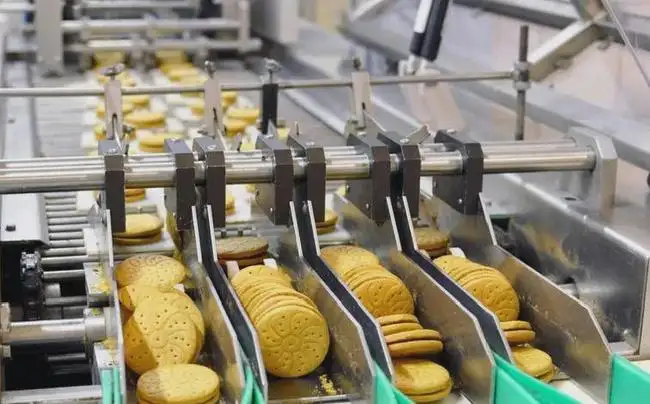
CNC Machining for Food Industry
CNC machining is getting more and more attention in the food industry, this is growing with the development of the industry. The food industry nowadays needs the highest quality components and equipment. Operating standards in the food industry have changed dramatically over the past few decades due to more regulations on food contaminants, pathogens, and allergens. We have developed current Good Manufacturing Practice (CGMP) to review and update these food safety regulations.
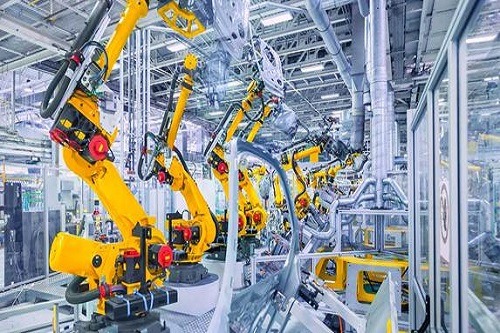
CNC Machining for High-tech Industry
The new and high-tech industry is a collection of enterprises engaged in the research, development, production, and technique service of one or more technologies and high-tech products. With higher economic and social benefits, the high-tech industry developed rapidly in recent years even though it’s not easy. Precision online CNC machining services for the high-tech industry are keeping up with the trend, providing multiple processing to manufacture and handle various high-tech CNC machined parts.
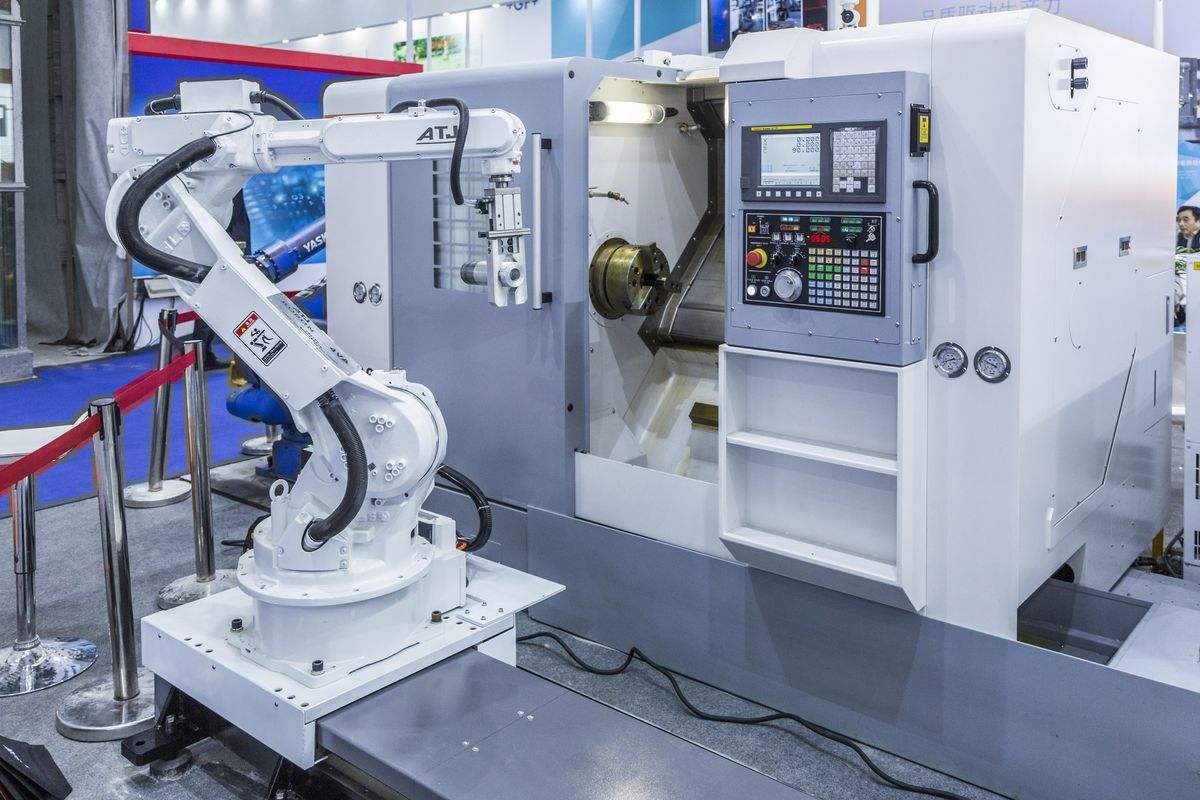
CNC Machining for Machine Tool Industry
The increasing demand for advanced equipment in various industries represents a great opportunity for the machine tool industry. The machine tool industry is the manufacturing industry that provides processing equipment, is the foundation and core department of the equipment manufacturing industry. Machine tools are also the basic production equipment of the machinery industry.
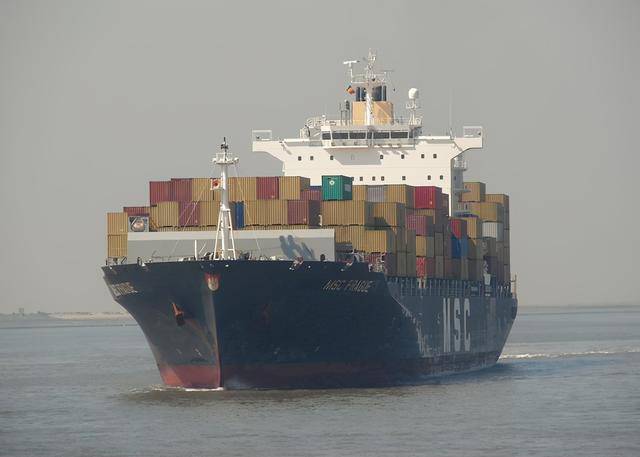
CNC Machining for Marine Industry
For the shipbuilding industry, the need for innovative devices will certainly boost day by day, which is undoubtedly a good chance for CNC machining services. Since most ship components can be completed by CNC Machining. In the shipbuilding industry, there is a great demand for high-quality precision components. In order to satisfy the requirements of the shipbuilding industry for devices levels, the parts of ship devices should be generated with stringent layout, strict resistances, ultra-high accuracy as well as the most appropriate products.
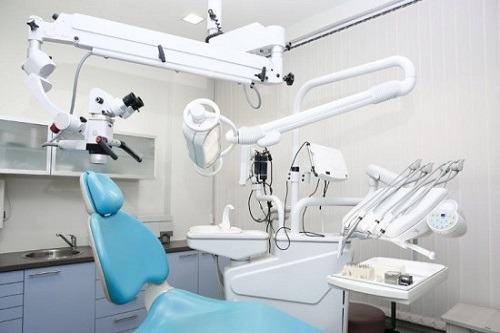
CNC Machining for Medical Industry
The reason why CNC Machining can be used in the medical field is that it can meet the strict requirements for the quality and consistency of medical devices. Complicated surfaces and geometric shapes are not a problem, and the final product strictly complies with the safety and precision requirements of the medical industry.
Medical machinery is complex, the parts required are brand new, and there is no room for fault tolerance. The parts must be durable, high-quality, and have a smooth surface.
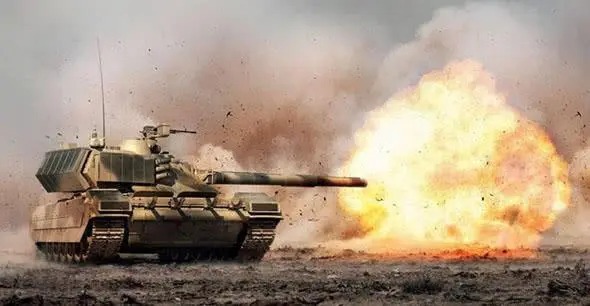
CNC Machining for Military Industry
As an experienced rapid custom CNC machining parts manufacturer and exporter in China, we are a reliable partner to military clients, providing enhanced quality CNC military parts, components, assemblies, and military CNC machining China services with trusted delivery, high-level precision, accurate dimensions, detailed specifications, and intra-budget machining cost.
Customer Reviews
Precision Compatible Materials(Custom)
Service Guide
Cooperative Partners






Ready To Get Started?
Send a 3D CAD file of your machined parts
As a China-leading manufacturer and supplier of CNC machining parts, JTR offers a full range of precision CNC machining services. We can produce parts from almost any metal and plastic material.

